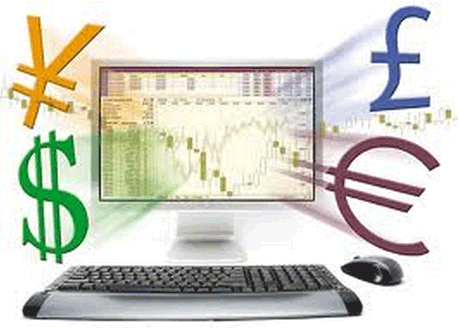 The use of a solid and proven trading system cannot be overemphasized. However, we’ve seen too often how many of those free trading systems are being touted as the “turn-key” formula for instant profits and all other cringe-worthy claims of automatic riches. This is not to say that those free trading systems don’t work. However, the authenticity of those claims has to be taken with a grain of salt. An effective trading system, after all, has to hinge on something more substantial than unverified claims. Dissecting Free Trading System Claims Here are just some claims some traders make when exhorting the solidity of the system that they use and the questions you need to ask before you take their word for it: This trading system has an 80% winning rate. Trading is really about staking the odds in your favor. And to have an 80% advantage is nothing short of awesome. However, before you trade your life savings using whatever trading system mentioned, you’ve got to verify the accuracy of the claim and ask how much profit is expected every time you win and how much do you stand to lose every time the stock heads down south. You see, the winning percentage will take on a different meaning once you know the real numbers behind. For instance, what if you stand to profit $1 every time you win and lose $100 for lousy trades? Even if the trading system has a 99% winning rate, you still end up losing. Next, 80% winning rate does not mean 80% winning rate all the time. You might want to ask that person for how long he’s been using the trading system and his consistent winning average over that period of time. People have the tendency to exaggerate things and an 80% winning rate could be his best trading day to date; failing to mention he went through days with a dismal 10% winning rate. This trading system makes $99,999.999 in one week. Feel free to change the amount and duration, but you get the drift. These claims make you drool over the kind of money you’d be making in the next couple of days. Heck, claims like this would induce even-if-I-can-just-make-a-measly-10%-of-that kind of thinking. Again, those numbers may have some fine print disclaimers, which you need to know. For instance, what is the size of the trading account to make such profits? How many trades in a day? And how much accumulated loss was made before he gained that kind of profits? If he’s done that with a $5 million trading account, scalping hundreds of trades per day, and having an accumulated loss of $95,000 to make profit that much, the figure wouldn’t be so drool-worthy anymore. Besides, it is always wise to remember that how much you stand to profit is almost always directly proportional to how much is at risk. If you stand to win so much in a short time, it’s always most likely you’ll have to deal with greater-than-usual risks as well. This trading system is easy…even a beginner can use it and profit from it. Neophytes are often lured into this age-old claim that even they can make some instant hefty profits. Chances are, only one in a million beginners may have profited from it and it’s anything but easy. Solid trading systems are designed to be simple, but they’re never easy. It takes some getting used to and there’s a learning curve to follow. The stock market is dynamic and its ever-changing nature are brought about by many interrelated factors; so it’s highly doubtful that an “easy” trading system could cover the market’s complexities for newbies to consistently profit from it. How to Tell if a Free Trading System Works As mentioned earlier, this is not to say that all free system does not work. At one point, you may find a system that looks viable and solid. So, how can you tell if the trading system works? Well, you can’t. But you can test it for yourself. Testing does not just give you a more accurate picture of how well a trading system performs, it also allows you to tweak some rules and parameters to cut your losses or maximize your gains, or both. For instance, you can test different levels of stop losses and see which one increases your chances of profits the most. Testing Methods To ensure the credibility of your trading system, you have to test it against multiple data. First, you have to back-test it using historical data. An excellent trading software should be able to help you record how the trading system fares. Next, you can paper-test the trading strategy to make sure that it works in real markets without committing real money in the process. And lastly, if you’re sure you’ve covered all the bases with the trading system, you can live-trade it, but start with small volume and gradually increase it as you go. This allows you to get used to the emotional nuances of profiting and losing real money in real time. Free trading systems may and can work. However, you should not take it at face value. Most often, for a free trading system to work, you have to test and tweak it; making it essentially your own. This is because in trading, there’s no system that can substitute experience and common sense. comments powered by Disqus |

|
|
|
|







